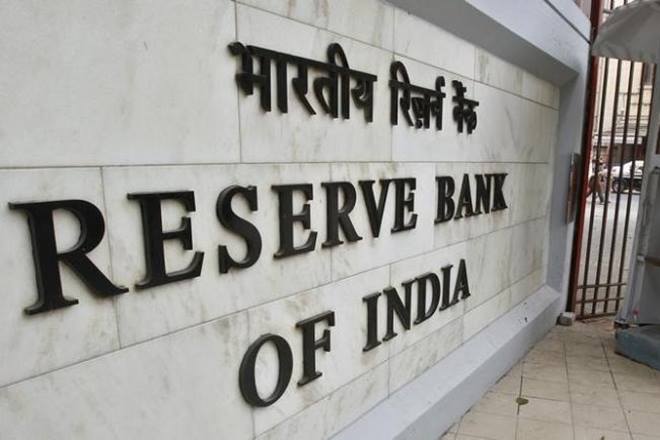In an earlier column, I highlighted the urgent need to deal with non-performing assets (NPAs) of Indian banks, as well as the important role that the new RBI Deputy Governor, Viral Acharya, could play in finding a solution. Indeed, on February 21, in his maiden speech in his RBI role, Acharya brilliantly laid out the outlines of a comprehensive plan to deal with banks’ stressed assets (a category somewhat broader than NPAs, including loans that are at risk, but not yet in trouble). His solution is worth describing in detail, even if one is repeating his ideas, because his points need to be driven home with urgency.
Before one gets to the solution, however, it is worth quoting Acharya’s motivation, which is an eloquent statement of the importance of the issue. Halfway through his speech, he said, “With our healthy current level of growth and future potential, with our hard-fought macroeconomic stability, with our youth climbing echelons of entrepreneurial success day after day, with our vast expanses of rural India that need infrastructure and modernisation, and with our levels of poverty that have steadily declined but still need substantial reduction, we simply don’t as a society have any excuse or moral liberty to let the banking sector wounds fester and result in amputation of healthier parts of the economy.” The metaphor is striking, and conveys the dangers in ways that speaking of Japan’s or Italy’s lost years of growth (also in the speech) does not. The problem, in a nutshell, is of course that, until stressed assets are dealt with, new finance will be stifled, choking off growth.
The speech outlined the contours of the problem, going beyond NPAs to stressed assets in general. It noted that the recent Asset Quality Review had highlighted the scale of the problem. Furthermore, there was little evidence that years of attempted fixes had worked. Why? Lack of full admission of the problems was part of the reason, with the other reasons being internal incentives that favoured non-recognition by banks, as well as flaws in the design of the attempted solutions, including failing to fix these incentives, and to provide incentives for a process of either turning around stressed assets (improving their management and use, often called restructuring) or liquidating them if a turnaround was infeasible. Basically, Acharya proposes a plan that achieves the desired goals more effectively, and also more fairly.
Two crucial novelties in the plan (for India, at least, there are precursors from other countries that serve as guideposts) are avoiding conceptualisation of the institutions that would manage restructuring and/or liquidation as “bad banks” and making sure that the government does not pick up the entire tab for the process. The first has to do with efficiency, the second mostly with fairness. Avoiding thinking of the institutions that deal with management of stressed assets as banks is important for avoiding “mission creep,” essentially creating new monsters that might come back to haunt the economy. The second novelty, having the private sector share some of the costs, is fair to the extent that private investors have knowingly taken risks. There is also an efficiency aspect to this as well, since it signals that risks will not be ‘costless’ly insured, and reduces future moral hazard.
The essence of Acharya’s plan involves a Private Asset Management Company (PAMC) to handle assets that can be turned around in the short-term, with moderate levels of debt forgiveness, and a National Asset Management Company for assets that would be more challenging to deal with. Placement in the second category does not imply liquidation as a solution—that is typically only a very last resort. But the length of time required and the scale of assistance required would be greater, justifying greater public intervention. An example of a sector in the first category is telecom, with power being an example of the second type of stressed sector. Particularly for the PAMC, Acharya lays out a detailed, step-by-step process, based on his considerable theoretical understanding and empirical knowledge. Every policymaker interested in the financial sector should seek to comprehend what has been laid out in the speech.
You might also want to see this:
Finally, the speech included a detailed plan to deal with the banks which have contributed to the problem (the other contributors being the errant borrowers). Going beyond mere government-funded recapitalisation, an argument is made for major restructuring of banks, including mergers, divestments, private infusions of capital, and improvements in management and operating procedures. I had touched on some of the latter issues in another earlier column (goo.gl/xv878p). What is remarkable about Acharya’s speech is how he has succinctly, but comprehensively, addressed all the major reforms that are needed to put the core of India’s financial sector on a firmer footing.
This column has not done full justice to the all the ideas in the speech, and no doubt others have made similar points pertaining to different aspects of the solution. But having it all in one package, delivered by a senior policymaker, provides a wonderful high-level road map for actually moving forward. As Acharya emphasised, that forward movement has to be undertaken quickly and decisively.
The author is professor of economics, University of California, Santa Cruz


